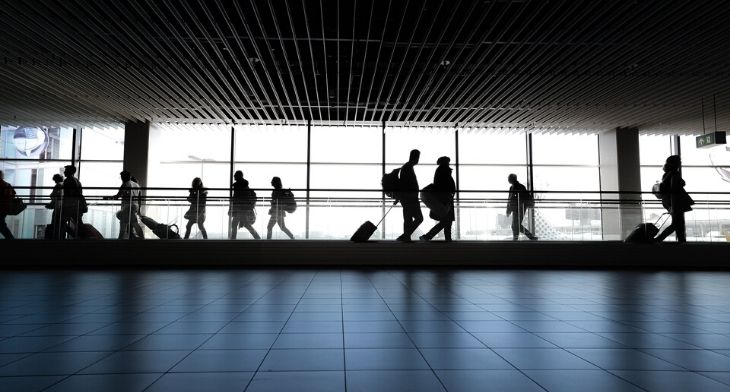


Despite the vaccination rollout around the world offering cause for optimism, COVID-19 remains an existential crisis for airports and airlines, according to Airports Council International (ACI) World, Director General Luis Felipe de Oliveira. During a briefing on 25 March he warned that without a proper framework agreed to open up international borders, then any recovery could be slowed by a lack of support.
“The world is embarking on the biggest vaccination campaign in history, and we see positive indications in countries with high rates of vaccination. This, alongside additional safety measures that have been introduced mean we should see an upsurge in passenger traffic by mid-year,” he said, noting that aviation will be a key engine in driving economic and global recovery. However, he added that “without a globally-consistent approach to vaccinations and testing, coupled with a safe and interoperable health data trust framework, aviation recovery will not take off.”
As prospects for a recovery in 2021 begin to emerge, ACI World expects different regions of the world to recover at different rates. At country level, markets with significant domestic traffic are expected to recover to pre-COVID-19 levels in 2023, while markets with a significant share of international traffic are unlikely to return to 2019 levels until 2024 or even 2025 in some cases.
Analysis published by ACI World in its Advisory Bulletin: The impact of COVID-19 on the airport business and path to recovery, shows that 4.7 billion fewer passengers are forecast to travel by year end 2021 compared to the projected baseline. This reduction in traffic is estimated to equate a loss in revenue of more than $94 billion by the end of the year.
Europe is forecast to remain the most affected region as a consequence of uncoordinated travel restrictions combined with small domestic markets, with an estimated change in revenues of more than -$37.5 billion for the full year 2021 compared to 2019. Asia-Pacific is the region with comparatively the least impact. However, it is still expected to experience a significant decrease of -40.3% against the projected baseline.
Delving deeper into the economic impact of COVID-19 on regional and smaller airports and their partners, Patrick Lucas, ACI World’s Vice President Economics noted that “despite contributing significantly to the economic vitality of the regions they serve, even before the pandemic many smaller regional airports were typically operating at a loss with high fixed costs and lower traffic throughput. This situation has only been exacerbated by the pandemic,” he said. “Many smaller airports might also be part of a network, feeding into a major hub airport that helps subsidise the losses of these smaller hubs. But now revenues for those big hubs have collapsed. So it’s a major challenge going forward, especially if we want to maintain the economic vitality of those regions served by these smaller airports.”
As we look to the post-pandemic era, Lucas also highlighted that we need to remain cognisant of the demography of aviation. “Many markets have been opened by aviation over the last couple of decades and the propensity to travel has risen quickly with increased incomes. Eighty per cent of the world’s population currently resides in emerging markets and developing economies, where there is a growing middle class and desire to travel by air. By 2040, 45% of global air traffic is expected to pass through airports in the Asia-Pacific region.”
Reiterating the socio-economic role that airports play for the regions and destinations they serve, Oliveira concluded that, “We need to remind governments and authorities that vaccinations, alongside consistent testing and risk assessments are key to the safe recovery of aviation. Harmonising these three aspects is key to helping not only the industry recover, but also the global economy.”






